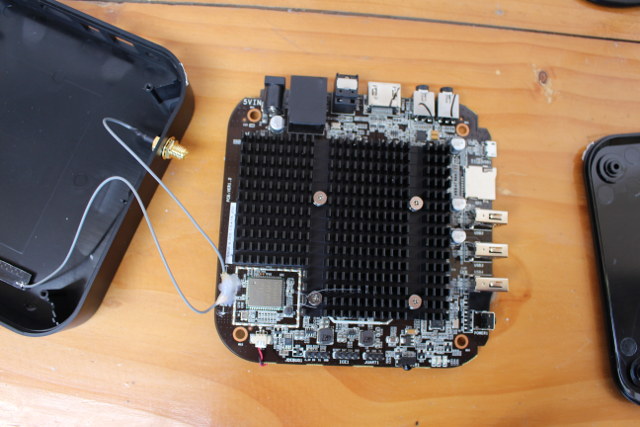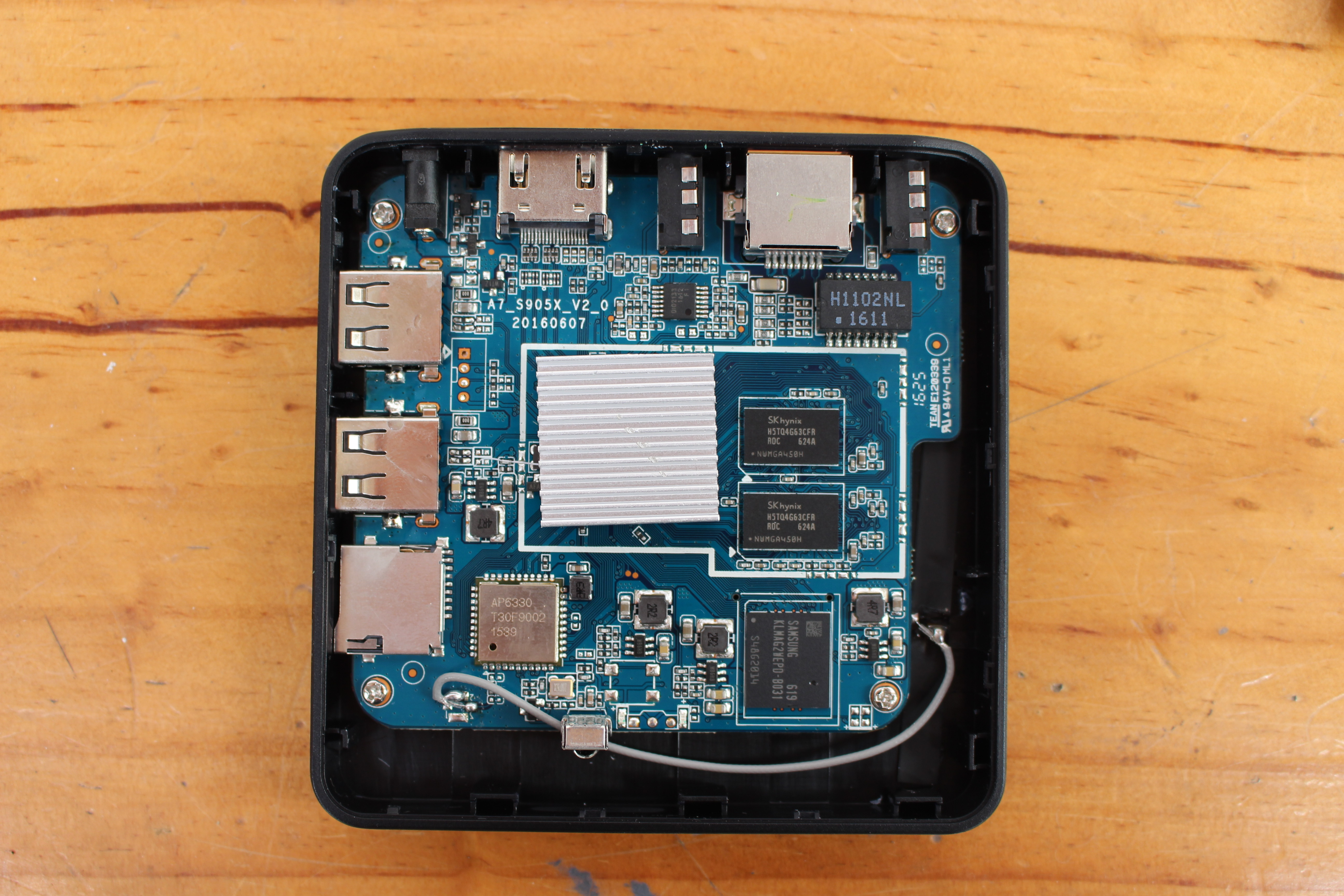2017-10-21, 19:26
Hi. I've been looking for a dedicated Kodi box for a while now. As the title states, my choice boiled down to Minix Neo U9-H or Zidoo X9S. In other words, S912 vs Realtek RTD1295 I guess.
My priorities are (in no particular order, all important)
- HDR (will be used with a LG OLED B65)
- Dolby Vision
- high bit-rate UHD rips including up to 4k 60fps 10bit
- picture quality
- miltichannel audio pass-through
- ease of use, flexibility and futureproof
- proper resolution switching (I prefer the box to output native video resolution and to leave my TV to do the up-scaling)
- proper frame-rate switching (smooth playback)
- gigabit LAN
What's not important for me is 3D (my TV is not 3D), wifi (as I don't use it at my house), also Netflix, Youtube and other apps (again, the TV handles them with no issues)
The Minix Neo U9-H looks interesting because it offers option to dual boot Android and Libreelec, also Android TV development. I think it will be better supported due to using a more popular chip (is that a correct assumption?). Also, I can by it from Amazon with couple of days of delivery and possibility of returns.
On the other hand, the Zidoo X9S offers features like HDMI in, additional OpenWRT OS, AV output, external SATA port, and so forth. It seems it's more popular on this forum. It's also a little cheaper, but longer delivery off Ebay.
So, I'm on the fence. Is there a big difference between the two devices that I am missing that will tip the scales in one direction or the other? I guess again it will come down to future potential, that stems from the two different chips used. What are the expectations here?
My priorities are (in no particular order, all important)
- HDR (will be used with a LG OLED B65)
- Dolby Vision
- high bit-rate UHD rips including up to 4k 60fps 10bit
- picture quality
- miltichannel audio pass-through
- ease of use, flexibility and futureproof
- proper resolution switching (I prefer the box to output native video resolution and to leave my TV to do the up-scaling)
- proper frame-rate switching (smooth playback)
- gigabit LAN
What's not important for me is 3D (my TV is not 3D), wifi (as I don't use it at my house), also Netflix, Youtube and other apps (again, the TV handles them with no issues)
The Minix Neo U9-H looks interesting because it offers option to dual boot Android and Libreelec, also Android TV development. I think it will be better supported due to using a more popular chip (is that a correct assumption?). Also, I can by it from Amazon with couple of days of delivery and possibility of returns.
On the other hand, the Zidoo X9S offers features like HDMI in, additional OpenWRT OS, AV output, external SATA port, and so forth. It seems it's more popular on this forum. It's also a little cheaper, but longer delivery off Ebay.
So, I'm on the fence. Is there a big difference between the two devices that I am missing that will tip the scales in one direction or the other? I guess again it will come down to future potential, that stems from the two different chips used. What are the expectations here?



